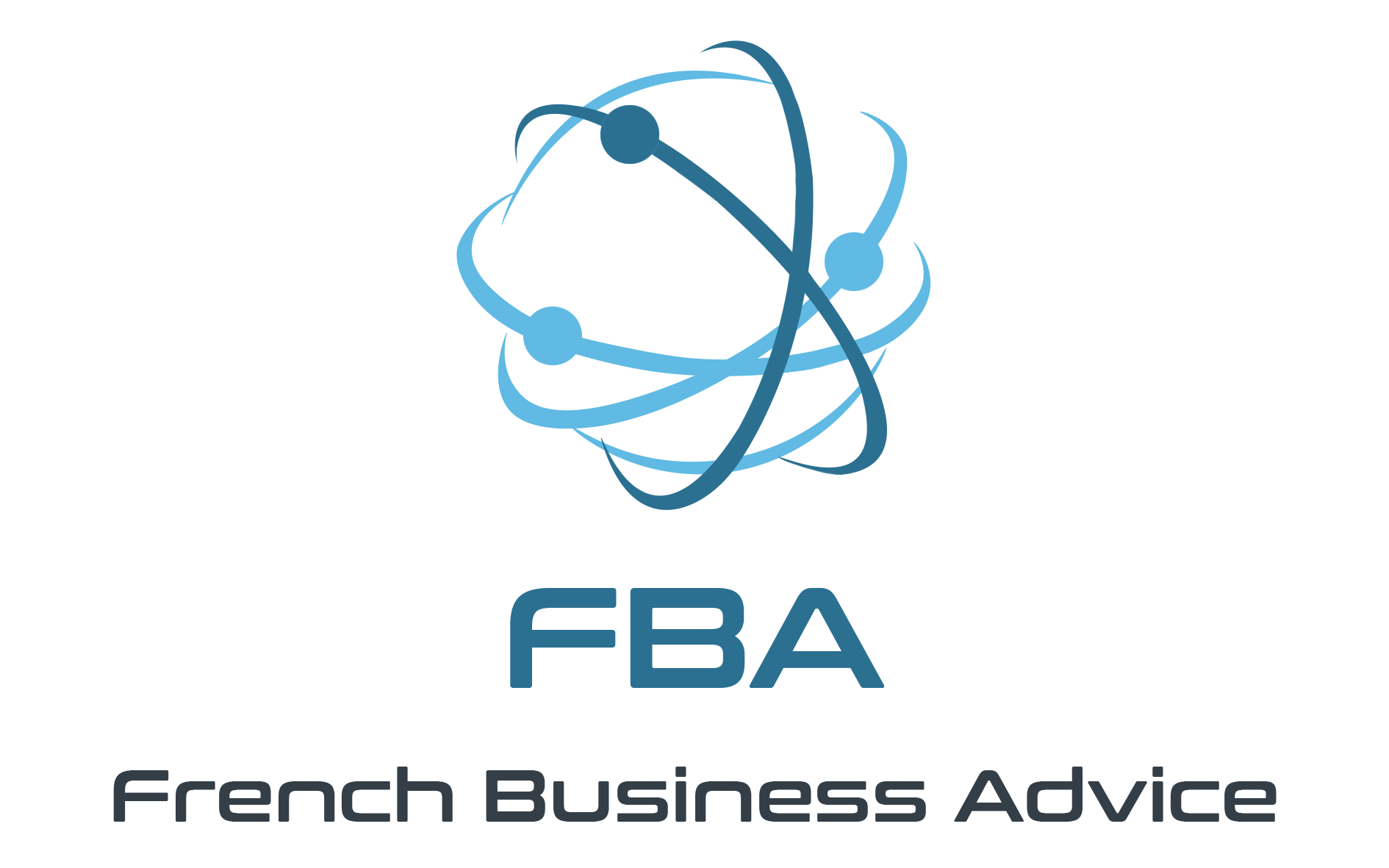From 2019, the “Prélèvement à la source” (P.A.S.) will be applied to almost all the income of French taxpayers. This concerns people in activity (employees or self-employed) as well as retirees.
To date, taxpayers are taxed on income earned the year before. From 2019 the tax will be directly deducted by the employer or the paying agency at the time of the payment of the income to the taxpayer. In order to avoid double taxation in 2019, the tax on non-exceptional income earned in 2018 will therefore be canceled through a tax credit called “CIMR”.
This levy will have consequences for both the taxpayer and the collector.
I – Incomes concerned by the withholding tax
The tax is applicable to:
- Wage incomes and replacement incomes,
- Pensions,
- Life annuity,
- Income from independent workers (BIC, BNC, BA),
- Land incomes.
Investment incomes, capital gains from property and investment will be excluded from the scope of application of the tax.
II – The withholding tax from the tax payer
1. Employees
The tax levy rate will be calculated by the tax authorities according to the 2017 tax return (established in early 2018). This rate will be communicated by the administration to employers and it will be used to calculate the deduction that will be made on wages from January 2019. It will also be indicated on the tax notice to be received in August 2018.
The rate that will be calculated will be an average tax rate for the entire tax household, people living in a relationship can apply for an individual rate.
The P.A.S. rate will be updated each year in September to reflect changes in income and changes in the family situation. The taxpayer may also request a change in his rate at any time in the event of a change in his income.
2. Independent workers and farmers
With the”P.A.S”, the self-employed will pay their income tax via installments calculated by the administration on the basis of the tax return and collected monthly or quarterly. Monthly installments will now be spread over twelve months.
They can be adapted according to the income of the current year (for example, an independent who ceases his activity can immediately stop paying his installments). These advances will be automatically collected by the tax authorities for the sake of simplicity for taxpayers.
The non-resident independents will see their BIC, BNC, BA activity income subject to installments according to the same arrangement as for the residents, described above.
In the event of a significant change in income, these advances may be modified at the initiative of the taxpayer during the year.
The payment of the tax will be spread over 12 months instead of 10 months with the actual monthly payment.
3. Property incomes
Like the self-employed, property taxpayers will pay their income tax via installments calculated by the administration on the basis of the income tax return and collected monthly or quarterly.
Non-residents who receive taxable property income in France will see these revenues subject to contemporary installments according to the same scheme as for residents, described above.
These deposits will be automatically collected by the tax authorities for the sake of simplicity for taxpayers.
For income earned in 2018, income tax on non-exceptional income will be returned through the “Modernization of Recovery Tax Credit” (CIMR). Only the exceptional income of 2018 will be taxed at the time of the final settlement of the 2018 tax that will be sent to the taxpayer in the summer of 2019. The law has specific provisions to avoid “optimization phenomena” on the part of the taxpayer.
4. Retirees or investment incomes
For holders of replacement income, such as retirement pensions, the return to work allowance, sickness benefits or parental leave, the tax will be deducted at source by the pension funds, the unemployment center or the primary health insurance, based on a rate calculated and transmitted by the tax authorities. The introduction of the levy will be automatic.
The taxpayers concerned were able to know the rate at the end of their online tax return in the spring of 2018 and it will also appear on their tax return made available in the summer of 2018.
III – The “P.A.S.” at the collector
1. Company or association
The implementation of the deduction at source will be done through the Nominative Social Declaration (DSN). The tax administration will calculate the tax rate. The administration will indicate to enterprises and associations the rate of deduction to be applied to wages.
In the general case, the company will have four obligations:
- Apply the rate transmitted by the tax administration (DGFiP). For any claim on his rate, the employee will contact the DGFiP directly;
- Withholding the tax on the net salary to be paid in respect of month M, applying the rate to the net taxable salary;
- Declare the amounts deducted for each income beneficiary;
- Pay back to the DGFiP in M + 1 the deductions at the source of the month M.
2. Individual employer
The “P.A.S.” will be made through the “Pajemploi” and “CESU” centers during the process by the employer to declare the net salary paid and pay the corresponding social security contributions.
Two options will be offered:
- The employer will personally pay his employee the net pay after deduction at source provided by the Pajemploi center or CESU,
- Or opt for the “all-in-one” service offering that allows him to delegate management at the center.
3. Administrations
Public employers (the State, local authorities, public hospitals) will enter the field of DSN after 2019.
The method of withholding taxes on wages will be the same as that of private enterprises.
4. Pension funds
As of 2019, these funds will have to deduct the withholding tax on income paid according to a rate calculated and transmitted by the tax authorities.
It should be added that the tax credits acquired in 2018 will be maintained and returned to taxpayers.
In addition, each year, the amount of tax due will be adjusted after receipt of the tax return by the tax authorities. Thus, if the total levies are higher than the tax actually due, the tax authorities will refund the overpayment. You can contact us if you need further information.



